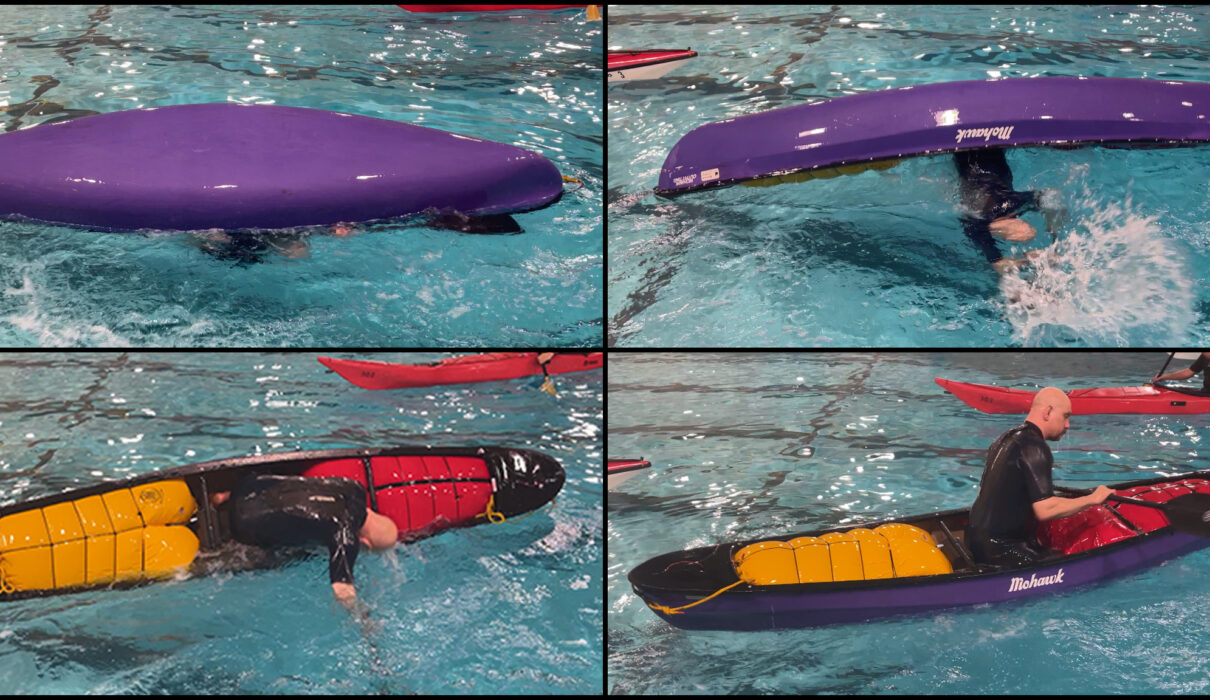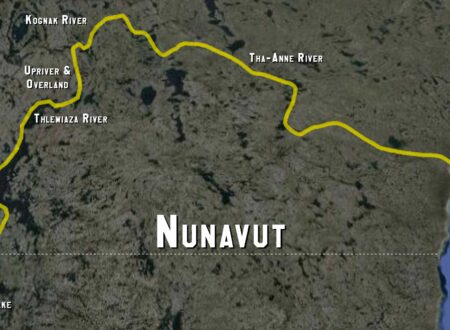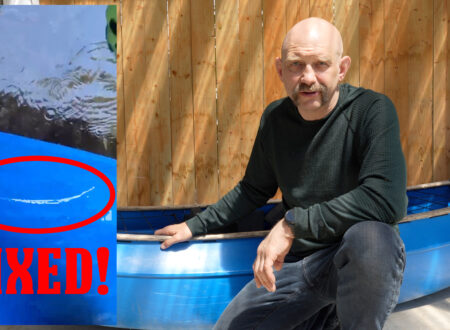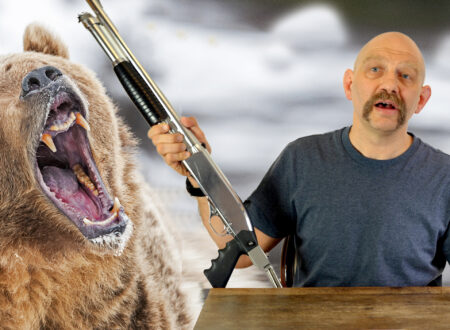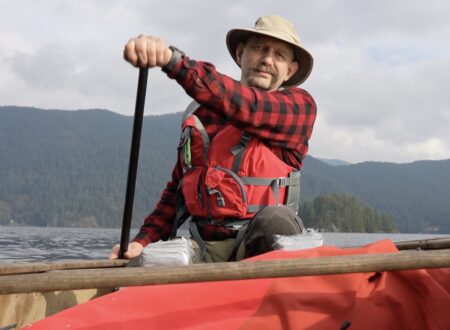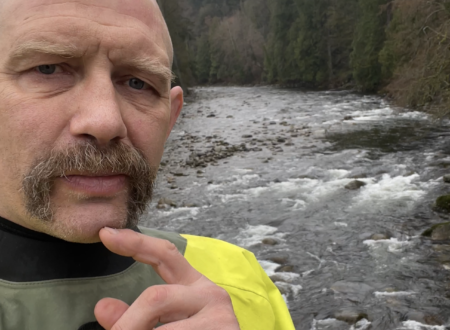Rolling practice… It’s been 20 years since I last rolled a small whitewater canoe equipped with a saddle, thigh straps, and airbags, so I headed to the pool to practice. I can see some room for improvement, but overall it’s a skill that’s coming back quickly.
I’m motivated to make my roll bombproof because I want to start playboating again. It’s fun as hell and opens the door to beautiful places, especially here in coastal mountains of British Columbia.
It’s also excellent training for wilderness expeditions in the remote Canadian wilderness. Of course on wilderness trips you’re going to be much more conservative. You’re NOT going to deliberately run waterfalls, surf holes, or take difficult routes through rapids.
The goal in the bush is to survive the trip and minimise the risk; you don’t want to push your whitewater limits in the wilderness because the cost of failure there is very high. Flipping your boat in rapids out on the tundra is always a very bad day; you might lose all your food and camping gear, you might destroy your boat, you might need a very expensive evacuation, and you might die.
By contrast, flipping in a playboat on relatively warm southern rivers with friends standing by to rescue you is usually much less of a big deal. The cost of failure here is lower, which allows you to push your limits, develop your skills, and hone your understanding of moving water in a relatively safe setting.
And the ultimate way to reduce the cost of failure when playboating is by learning how to roll your canoe.
Let’s say you’re surfing a wave with friends, trip over your paddle, and end up upside down in the river. If you don’t know how to roll then everything comes to a halt: one person in your group scrambles for a throwrope, another chases you, another chases your boat. Even if everything goes well it’s still going to take at least 10 minutes of everyone’s time to reunite you with your boat, restuff throw bags, etc.
But if you know how to roll then you flip, and – BOOM – five seconds later you’re upright again. Paddle over to an eddy, empty out the boat, and you’re ready to ready to go. The cost of failure (i.e. flipping) was reduced from 10 minutes for everyone, to about 1 minute just for you. You’ve just made it 10 times less costly to make a mistake, which will encourage you to try more things, make increasingly creative mistakes, and learn at a much faster pace.
After developing your skills in a short little playboat you can then take those skills and apply them in high-consequence settings while paddling a heavily laden tripping boat. Your whitewater reading skills will be off the chart, you’ll be able to use little river features you ignored before, and your paddling skills will be much sharper.
Regardless of whether you’re getting ready for whitewater paddling, rock climbing, motocross racing, or jiu-jitsu competition, try to push your limits in relatively safe, controlled settings. Usually that means finding training methods that keep the cost of failure low and the rate of knowledge accumulation high. Being able to roll your playboat is an important part of being able to make the most of your time on the river.


